- Author: Anne E Schellman
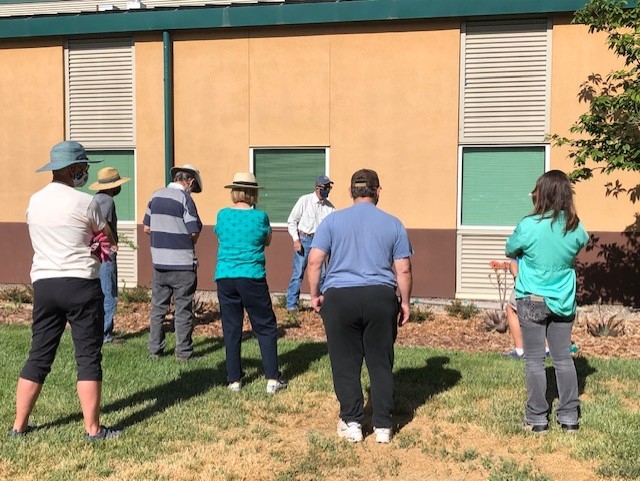
We raised $2,675 towards our Sensory and Pollinator gardens! Combined with Big Dig Day (June 2020) and Giving Tuesday (November 2020), this brings our grand total up to $5,195!
We are still in the preparation phases of working out our irrigation system but will keep you posted as plans for the gardens progress.
Again, thank you for your support, and remember that you can give at any time. Visit https://donate.ucanr.edu/?id=3_16_1_37
- Author: Denise Godbout-Avant

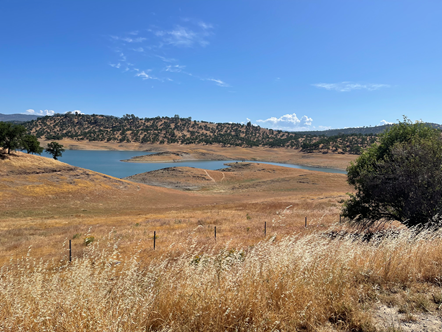
Whenever a drought happens in California, most of us look for ways to conserve water in our gardens and home. However, with droughts becoming the norm, rather than the exception, practicing water sustainability needs to become a way of life.
How can we conserve water in our daily lives? Our gardens are a good place to start, since about half of urban water is used for outdoor irrigation. The following are some suggestions which can have an impact on the amount of water you use in your gardens.
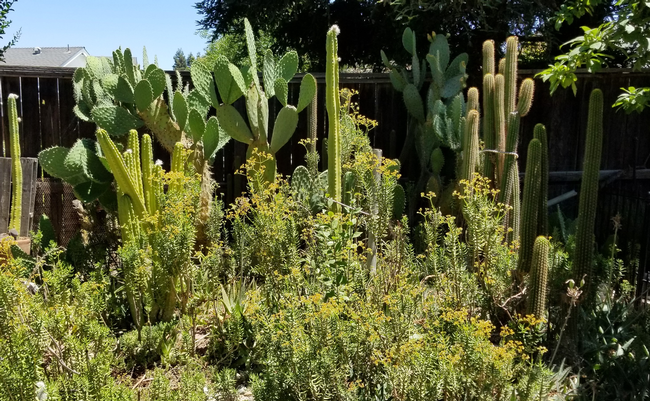
Practice water-wise garden irrigation by changing sprayers to drip system whenever possible, since sprayers decreases the amount of water going to your plants due to evaporation. Water according to the season, reducing or eliminating watering during the cooler, wet winter months – investing in a water timer with a rain sensor can help with this. Water early in the morning or late in the day when temperatures are cooler. Check your irrigation system regularly to check for leaks, repairing or replacing as needed.
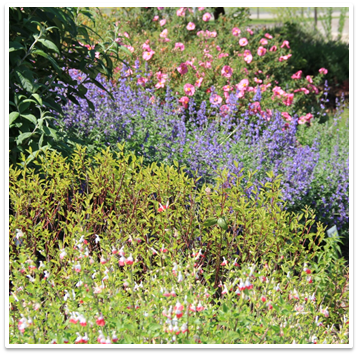
Plant water-wise plants that need little water once established. The above link will provide you with many suggestions. Another wonderful source of plant information is the UC Davis Arboretum All-Stars: https://arboretum.ucdavis.edu/arboretum-all-stars
There are ways to reduce our water use in our homes also, including having a water-efficient washing machine, dishwasher, shower and toilet, and not letting the faucet run while shaving, brushing our teeth, or washing our hands.
These are a few of the many ways we can make being water-wise a way of life in our gardens and homes. Every drop of water counts!
To learn more about our water and ways to use it wisely, join the UCCE Stanislaus County Master Gardeners on Tuesday, June 29th at 6:00pm on Zoom for our talk “Water-wise Tips for Your Garden and Home.” You can sign up at: http://ucanr.edu/water-wise/2021
- Author: Anne E Schellman
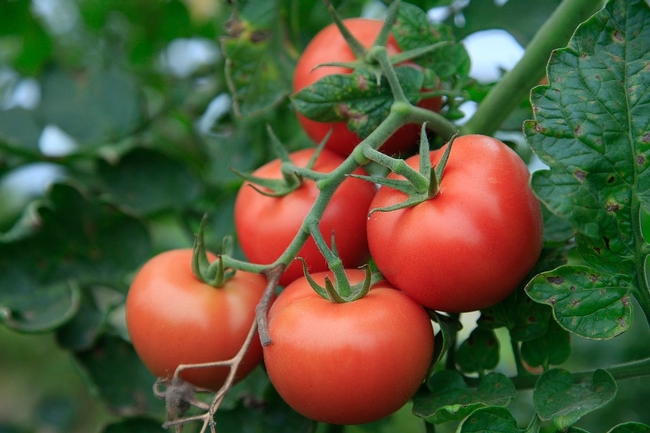
Get answers to commonly asked questions such as:
- Is a tomato a fruit or a vegetable?
- Can I grow a tomato plant in a pot?
- What's the difference between hybrid and heirloom tomatoes?
We hope to see you there!
Register at: http://ucanr.edu/tomato/tips2021
Master Gardener Instructors: Heidi Aufdermaur & Terry Harper
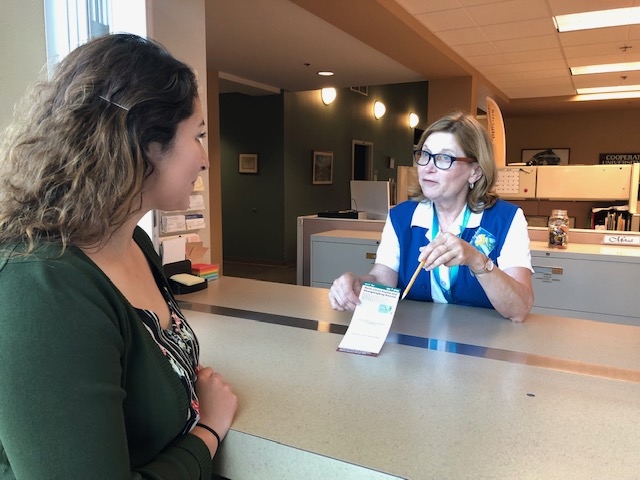
Maybe you are wondering how to prevent squash bugs from ruining your zucchini plant, what to do when powdery mildew shows up, or how to prune your fruit tree. We also answer questions such as, “What trees make the best shade trees?” or “Can you recommend some California native plants that would thrive in my backyard?” or even, “What's your favorite peach variety to grow?”
No matter what question you have, the UCCE Stanislaus County Master Gardeners can help! We are not currently working from our office; however, we are available to answer them remotely.
3 Ways to Contact Us
- Fill out our online form (you can also upload photos) http://ucanr.edu/ask/ucmgstanislaus
- Call (209) 525-6802 on Wednesday, between 9 a.m. to noon to speak to someone.
- Leave a voice message anytime and we will return your call within 2 business days.
Our goal is to get back to you within 48 hours.
If you reside in another county, visit http://mg.ucanr.edu/FindUs/ to find your program. For other states, visit https://ahsgardening.org/gardening-resources/master-gardeners/
- Author: Ed Perry
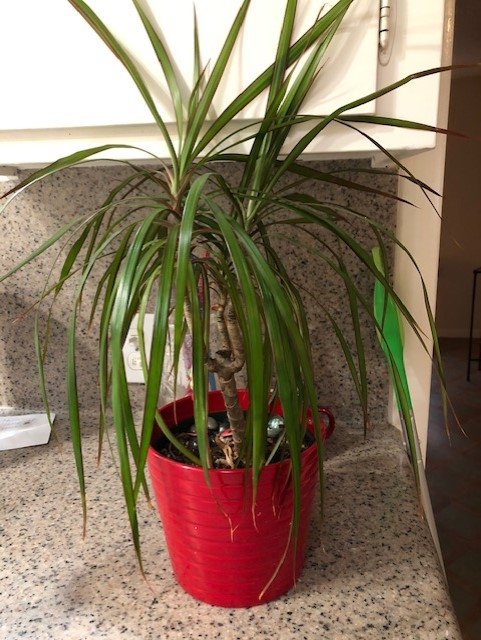
Soluble salts are naturally occurring minerals, such as sodium, chloride, boron, calcium, and magnesium, that are dissolved in water. Some of the water in Stanislaus County has relatively high levels of certain salts, but in general, all water has some salt. Fertilizer dissolved in water also turns into a soluble salt. After water evaporates from the potting soil, the salts stay behind. Eventually, an excessive amount of salt may be absorbed by the roots, move upward in the plant, and concentrate in the leaves, causing tip burn. As salts in the soil become more concentrated, plants find it harder and harder to take up water. If enough salt accumulates in the soil, the water absorbing root tips are killed, and the plant begins to wilt and drop leaves.
To combat this problem, be sure you water correctly. Water plants enough so that some water moves through the soil and out the pot's drain hole. Then empty the drip plate. Do not allow the pot to sit in water. If drained water is reabsorbed by the soil, the salts that were washed away are taken back into the soil. The process of removing soil salts is called “leaching.”
It's a good idea to leach your house plants every two or three months. To do this, water the soil thoroughly, as you usually would. Then, after about five minutes, water again, letting excess water flow out the bottom drain holes. The first watering dissolves the salts, and the second washes the salts out of the soil.
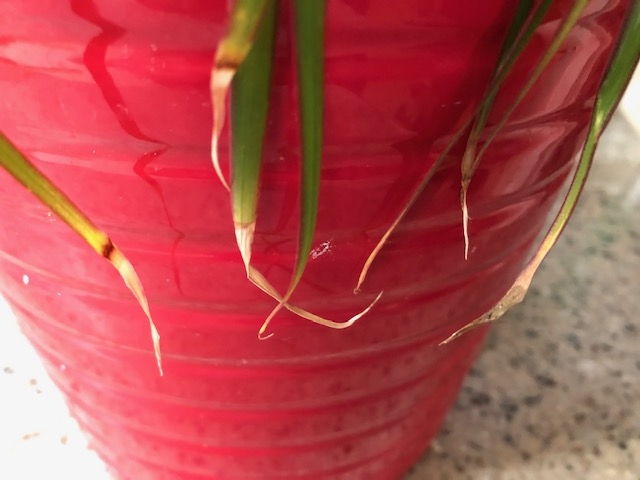
For more information, consult the UC IPM Pest Notes: Houseplant Problems.
Ed Perry is the emeritus Environmental Horticultural Advisor for University of California Cooperative Extension (UCCE) in Stanislaus County where he worked for over 30 years.

